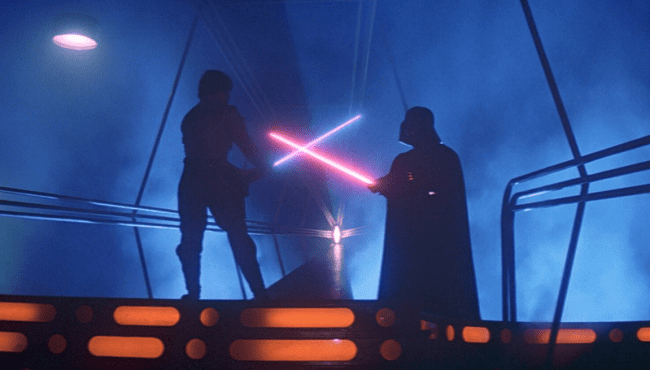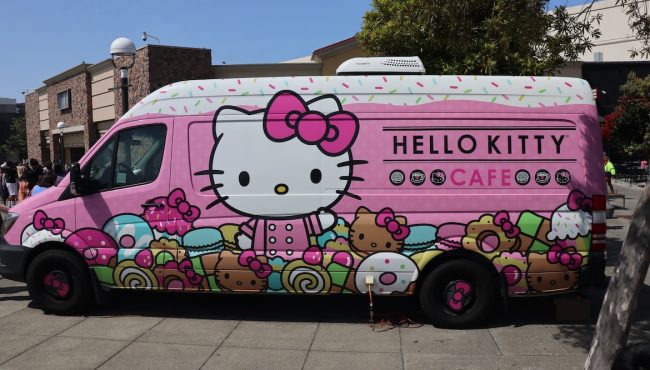While they say “April Showers brings May Flowers,” April also brings meteor showers! This April, the Lyrid Meteor Shower is expected to return to our skies, but it may not be as visible as usual. Here’s everything you need to know.
According to the American Meteor Society, “while the time each shower is best seen remains much the same year after year, the moonlight conditions change considerably from one year to the next.” And that is what we will be experiencing with the Lyrids this year.
The Lyrids, which will be active from April 15th, 2024 to April 29th, 2024, are a medium strength shower “that usually produces good rates for three nights centered on the maximum. These meteors also usually lack persistent trains but can produce fireballs,” states the American Meteor Society.
While it is expected to peak on the nights of April 21-22, 2024, the moonlight will interfere this year, being at 96% full at that time.
The Lyrids meteor shower is one of the oldest known meteor showers, according to NASA.
The Lyrids are known for being solidly reliable, producing at least 10-15 meteors an hour. That being said, sometimes they like to show off meaning that if you get lucky you might catch a burst with closer to 100 meteors, no guarantees though, especially with a fuller moon. Worth a look right?
Recent Posts:
15 unique and fun day trips you can take near Seattle
Diplo is bringing his Run Club to Seattle & it will include live performances
NASA’s viewing tips includes finding areas that are away from city lights or street lights, adding that “The Lyrids are best viewed in the Northern Hemisphere during the dark hours (after moonset and before dawn).”
“Come prepared with a sleeping bag, blanket, or lawn chair. Lie flat on your back with your feet facing east and look up, taking in as much of the sky as possible. After about 30 minutes in the dark, your eyes will adapt and you will begin to see meteors,” they say.
If you’re looking for spots to catch a meteor or several, here are a few to check out in Seattle that open early to catch a pre-dawn show:
Alki Beach
Surprisingly, Seattle’s favorite beach also happens to be one of the best spots in the city for stargazing. You’ll want to look North and West to avoid some of the light pollution from the city. Plus, if you don’t end up seeing anything, a night on the beach is always nice but we think you’ll definitely catch a meteor or two.
Where: 2665 Alki Ave SW
Lincoln Park
On the topic of West Seattle, you can also give Lincoln Park a go. This massive park is great as you have plenty of space to get away from the city’s bright lights. Walk down by the water or lay in one of the many open areas or try both. If it doesn’t work for you, give Alki a try instead.
Where: 8011 Fauntleroy Way SW
Sunset Hill Park
We love this park for many things, including stargazing. It’s also the best spot to make an evening out of stargazing because you can bring a picnic and then wait for the sky to darken up. Plus if you don’t see anything, you still get to look out for a spectacular view of the Puget Sound.
Where: 7531 34th Ave NW
Happy stargazing!





